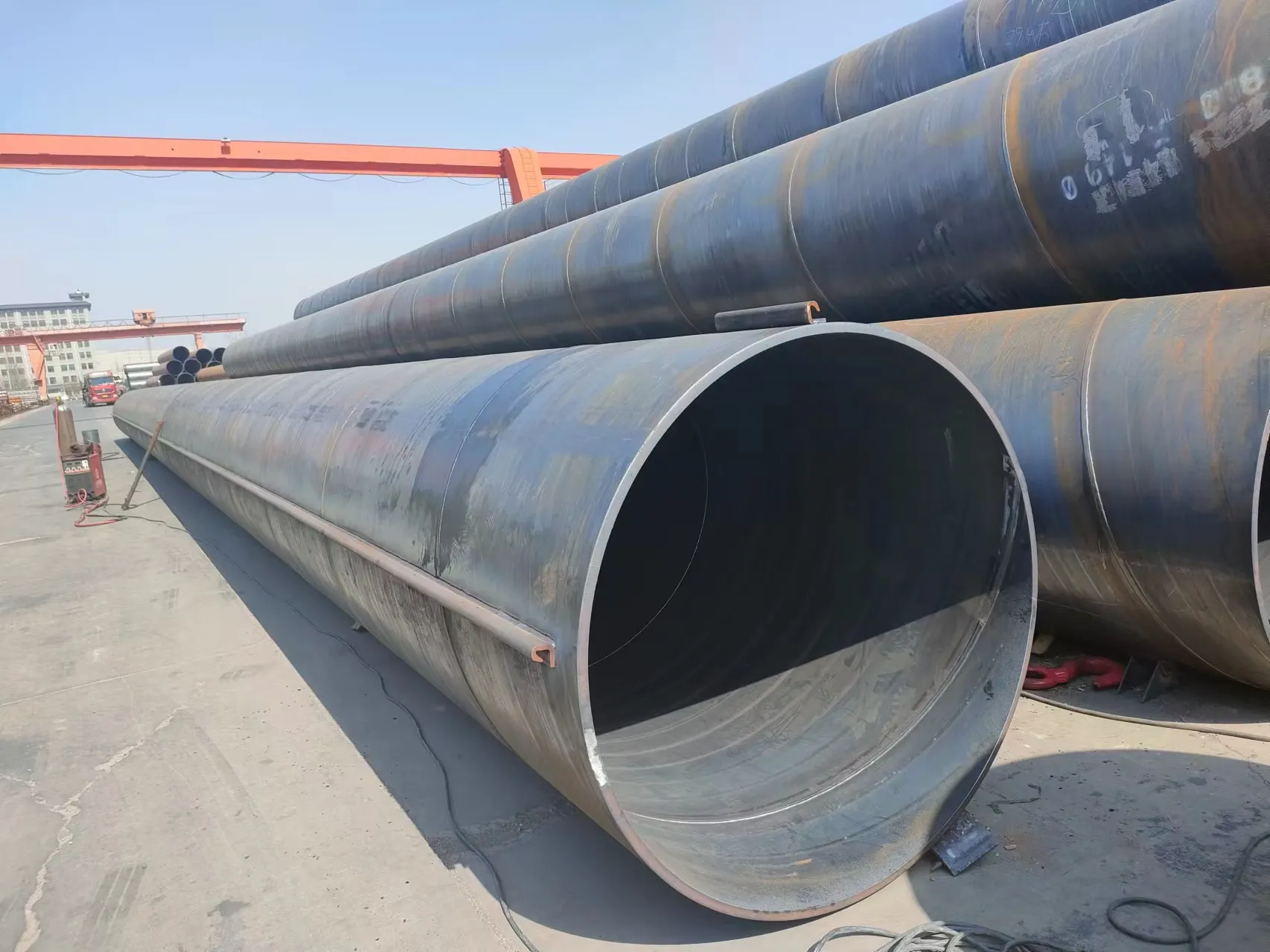-
Cangzhou Yulong Steel Co., Ltd.
-
Phone:
+86 13303177267 -
Email:
admin@ylsteelfittings.com
- English
- Arabic
- Italian
- Spanish
- Portuguese
- German
- kazakh
- Persian
- Greek
- French
- Russian
- Polish
- Thai
- Indonesian
- Vietnamese
- Zulu
- Korean
- Uzbek
- Hindi
- Serbian
- Malay
- Ukrainian
- Gujarati
- Haitian Creole
- hausa
- hawaiian
- Hebrew
- Miao
- Hungarian
- Icelandic
- igbo
- irish
- Japanese
- Javanese
- Kannada
- Khmer
- Rwandese
- Afrikaans
- Albanian
- Amharic
- Armenian
- Azerbaijani
- Basque
- Belarusian
- Bengali
- Bosnian
- Bulgarian
- Catalan
- Cebuano
- China
- China (Taiwan)
- Corsican
- Croatian
- Czech
- Danish
- Esperanto
- Estonian
- Finnish
- Frisian
- Galician
- Georgian
- Kurdish
- Kyrgyz
- Lao
- Latin
- Latvian
- Lithuanian
- Luxembourgish
- Macedonian
- Malgashi
- Malayalam
- Maltese
- Maori
- Marathi
- Mongolian
- Myanmar
- Nepali
- Norwegian
- Norwegian
- Occitan
- Pashto
- Dutch
- Punjabi
- Romanian
- Samoan
- Scottish Gaelic
- Sesotho
- Shona
- Sindhi
- Sinhala
- Slovak
- Slovenian
- Somali
- Sundanese
- Swahili
- Swedish
- Tagalog
- Tajik
- Tamil
- Tatar
- Telugu
- Turkish
- Turkmen
- Urdu
- Uighur
- Welsh
- Bantu
- Yiddish
- Yoruba

Nov . 09, 2024 09:33 Back to list
Types and Sizes of Flanges for Various Applications and Industries
Understanding Flange Types and Sizes A Comprehensive Overview
Flanges are critical components in piping systems, responsible for creating a secure and leak-proof connection between pipes, valves, and other equipment. A flange is essentially a flat piece of metal, usually with a circular or rectangular shape, that is attached to the end of a pipe, allowing pipes to be bolted together. The choice of flange type and size can significantly affect the integrity and performance of a piping system, making it essential for engineers and technicians to understand the various options available.
Types of Flanges
Flanges come in several types, each designed for specific applications and operating conditions. Here are some of the most commonly used flange types
1. Weld Neck Flange This flange has a long neck that gradually tapers to the pipe, making it ideal for high-pressure applications. Its design distributes stress across the flange and reduces the risk of cracking.
2. Slip-On Flange As the name suggests, this flange slips over the pipe. It is easy to align and weld, although it may not be suitable for high-pressure applications due to its lower strength compared to weld neck flanges.
3. Blind Flange A blind flange has no opening and is used to seal the end of a piping system. It is frequently used for maintenance purposes, allowing systems to be tested while closed off from the flow.
4. Socket Weld Flange This flange is designed for smaller pipes and is welded to the pipe end. It provides high strength and prevents leakage but is not generally used for larger pipe sizes.
5. Threaded Flange Threaded flanges are suitable for situations where welding is not an option. They are bolted onto the pipe, making installation easier; however, they are not as robust as welded flanges.
flange types and sizes

6. Lap Joint Flange This type consists of a stub end and a loose flange, allowing for easy alignment and disassembly. It is useful in systems where frequent maintenance or cleaning is required.
Size Considerations
When selecting flanges, size is a critical parameter. Flanges are usually measured by their nominal pipe size (NPS) and can adhere to different standards such as ANSI, ASME, or API. The size of a flange must match the adjacent piping to ensure a secure connection.
1. Nominal Pipe Size (NPS) The NPS is a dimensionless number that provides a standardized way to refer to the size of pipe fittings. It helps in identifying the correct flange size for pipe fittings.
2. Flange Facing Types The facing of the flange is crucial for achieving a proper seal. Common types include - Flat Face Ideal for low-pressure systems. - Raised Face Provides a better surface for gaskets and is standard for many applications. - Ring Joint More reliable for high-pressure applications, featuring a groove for a ring gasket.
3. Pressure Class Ratings Flanges are categorized based on their pressure class ratings, which indicate their capacity to withstand internal pressure. Common classes include 150, 300, 600, and 1500, with higher numbers indicating greater strength.
4. Material Selection The material from which a flange is made also affects its size and application. Common materials include carbon steel, stainless steel, and alloy steel. The correct material must be chosen based on the environment and operational conditions.
Conclusion
Understanding flange types and sizes is essential for anyone involved in the design, installation, or maintenance of piping systems. By selecting the appropriate flange type and size, engineers can ensure that piping systems are safe, efficient, and capable of withstanding the specific demands of the environment. With a variety of options available, it's crucial to consider all aspects—from pressure ratings to material compatibility—to make informed decisions that promote the longevity and reliability of infrastructure. Whether working in industrial, commercial, or residential applications, the choice of flanges plays a pivotal role in piping system performance.
Latest news
-
ANSI 150P SS304 SO FLANGE
NewsFeb.14,2025
-
ASTM A333GR6 STEEL PIPE
NewsJan.20,2025
-
ANSI B16.5 WELDING NECK FLANGE
NewsJan.15,2026
-
ANSI B16.5 SLIP-ON FLANGE
NewsApr.19,2024
-
SABS 1123 FLANGE
NewsJan.15,2025
-
DIN86044 PLATE FLANGE
NewsApr.19,2024
-
DIN2527 BLIND FLANGE
NewsApr.12,2024
-
JIS B2311 Butt-Welding Fittings LR/SR 45°/90° /180°Seamless/Weld
NewsApr.23,2024











